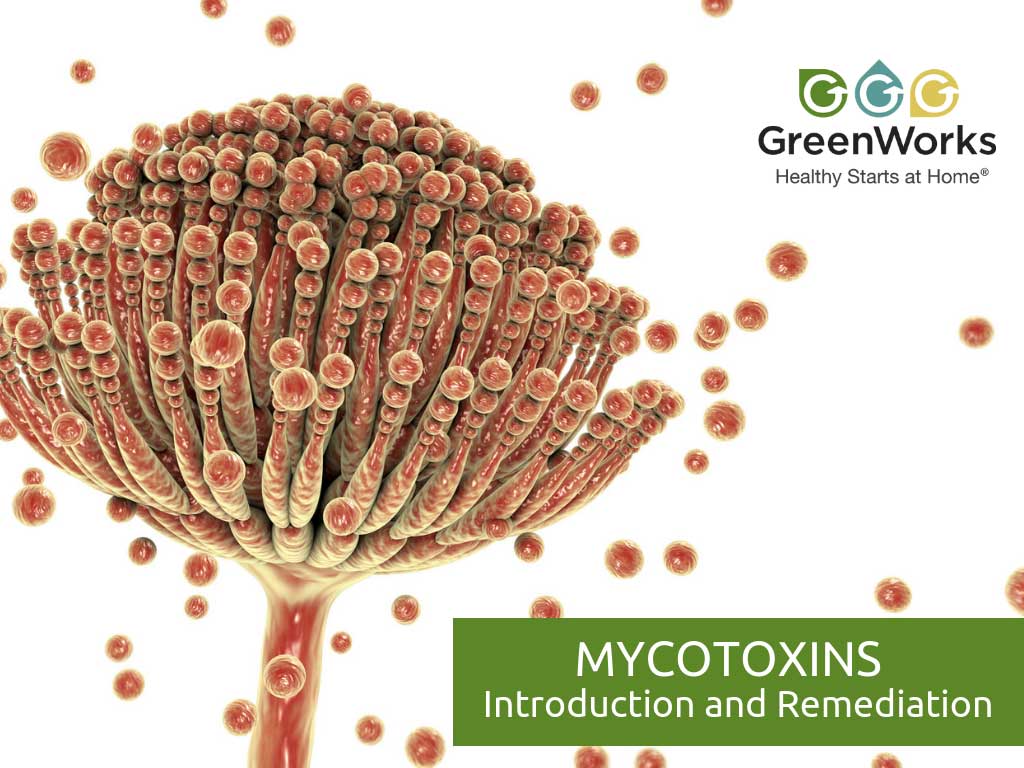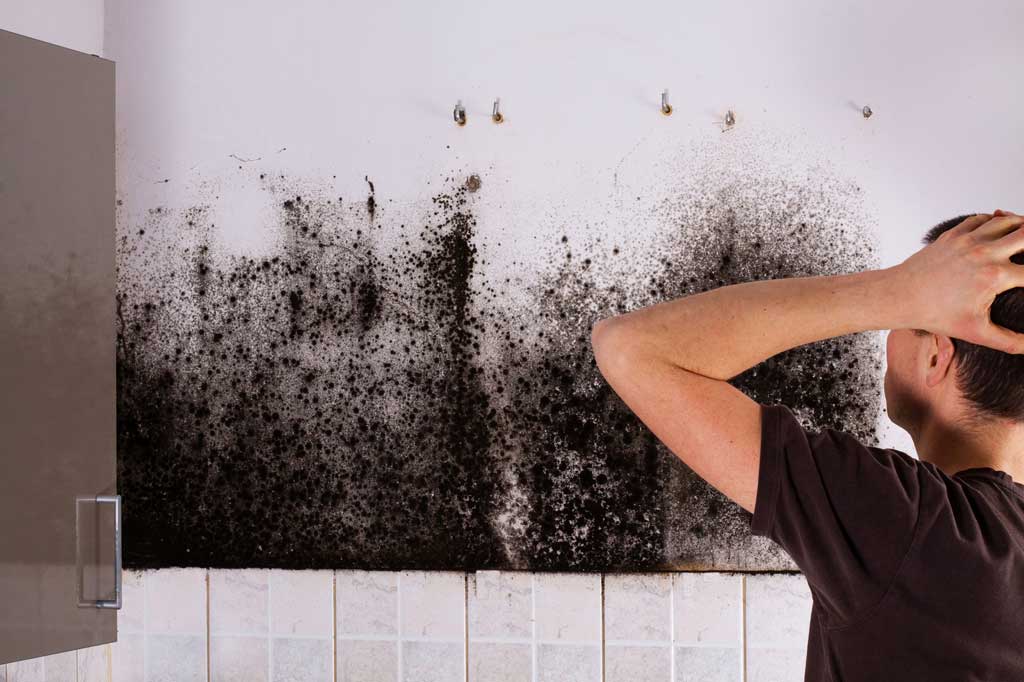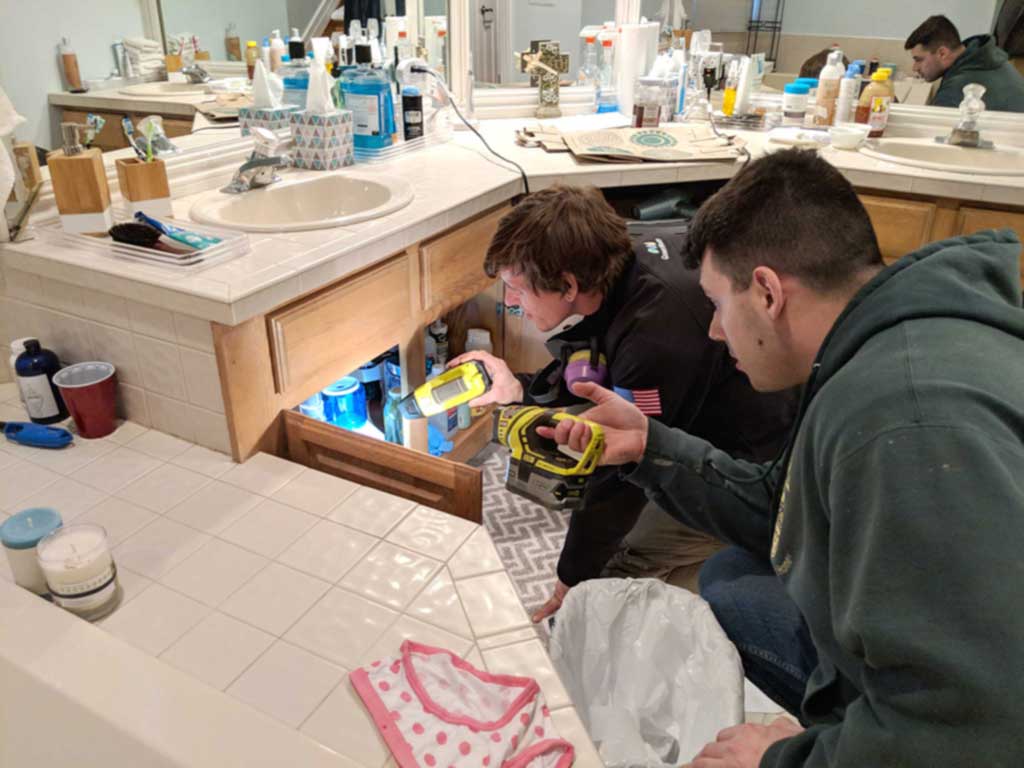How Can We Help?

Most of us think we are pretty familiar with “mold” and the allergy-related health effects they can cause. What many folks don’t realize is that some molds produce toxic compounds known as “mycotoxins” that are some of the most toxic substances in existence. The type of mold dictates the type of mycotoxin you are dealing with where each has their own set of special properties.
Mycotoxin Action
Mycotoxins are nearly all cytotoxic, disrupting cellular membranes and interfering with vital cellular processes (protein, RNA & DNA synthesis). Of course, they are also toxic to the cells of higher plants and animals, including humans. Higher organisms are not specifically targeted by mycotoxins but seem to be caught in the crossfire of the biochemical warfare among molds and bacteria vying for the same environment.
Mycotoxin Potency & Duration
Mycotoxins vary in specificity and potency by species/mold strain and the type of substrate they feed on. What is still unknown are the effects of different mycotoxins in the same environment (the cocktail effect). Most mycotoxins do break down and lose their toxicity over time. But some take years like the Trichothecene Group (produced by Stachybotrys molds) is very stable and the most resilient of the mycotoxins.
Safe Levels for Mycotoxins

The United States has not yet set maximum levels for mycotoxins in the air of buildings. Also, the health issues that mold and toxic molds can cause are not yet officially recognized medically and many doctors are unaware of the symptoms mold can cause. But the Environmental Protection Agency (EPA) has acknowledged that mold growing in homes is harmful to humans and that it should be removed.
Killing Mycotoxins

Mycotoxins aren’t actually alive like mold spores. When “killing mycotoxins” it really means breaking them down so they are no longer dangerous to humans. Mold Remediation firms should supplement industry standards with the following:
- Sodium Hypochlorite has been found to kill trichothecene and other mycotoxins.
- Extreme heat (fire at 500°F for half-hour) can destroy trichothecene mycotoxins.
- Ozone can kill most mycotoxins, but the level needed is not safe for humans.
- HEPA air filters need to be supplemented with activated carbon filters.
- Ultraviolet light or freezing temperatures have little effect on trichothecene.
- Mycotoxins left in a dry environment remain potent for years.
Carpeting, Vacuums, and Mycotoxins

Most mycotoxins usually end up embedded in the carpet. Walking on carpet stirs up the mycotoxin particles along with other spores and allergens. HEPA Vacuuming will not remove all the mycotoxins embedded in the carpet. Central vacuuming systems may help to remove mycotoxins if the air is exhausted outside. There is no cost-effective way to remove mycotoxins from the carpet. The best option is to remove and replace the carpet.
